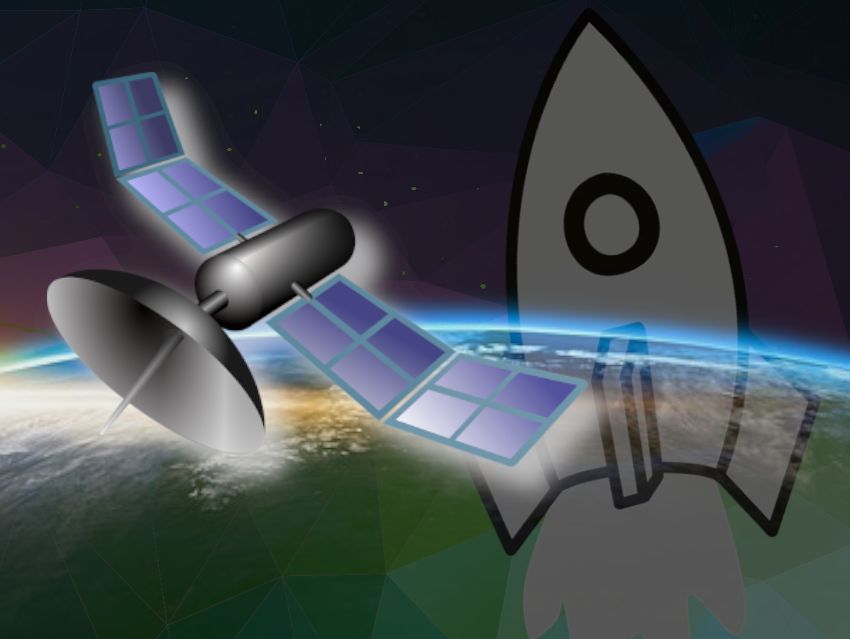A substantial rise in low Earth orbit satellites is anticipated in the coming years, with the potential addition of up to 50,000 satellites by 2030. As rocket components and inactive satellites re-enter the Earth’s atmosphere, they release metal vapors that condense into aerosol particles, descending into the stratosphere. Such metal vapors are also emitted during the ascent of launch vehicles. When these vapors cool, they form small metal particles that sink into the stratosphere. Current spacecraft reentry models primarily focus on assessing the risks associated with objects impacting the Earth’s surface rather than addressing the fate of vaporized metals.
Daniel M. Murphy, US National Oceanic and Atmospheric Administration (NOAA), Boulder, CO, USA, and Purdue University, West Lafayette, IN, USA, and colleagues have conducted measurement flights in the Arctic stratosphere over Alaska using a special aircraft. Using a laser mass spectrometer, the team determined the chemical composition of over 500,000 stratospheric aerosol particles.
These particles contained various metals such as sodium, magnesium, chromium, iron, and nickel, consistently present in specific ratios, offering a distinctive signature of meteoritic origin. The team also detected over 20 elements in the stratospheric particles consistent with alloys used in spacecraft. The mass of metals resulting from spacecraft reentry, including lithium, aluminum, copper, lead, silver, niobium, hafnium, and others, exceeded the cosmic dust influx of those metals. About 10 % of stratospheric sulfuric acid particles larger than 120 nm in diameter contained aluminum and other elements that originated from the disintegration of satellites and rocket stages during reentry.
The expected increase in low Earth orbit satellites over the next few decades may lead to as much as half of the stratospheric sulfuric acid particles containing metals from reentry. The impact of this metal content on stratospheric aerosol properties is unknown. One potential consequence is that aluminum and other materials could influence the formation of ice crystals in the stratosphere, potentially affecting polar stratospheric cloud formation and ozone depletion. The metals could also result in chemical reactions or optical effects that impact solar radiation and the albedo of the upper atmosphere, among other things.
- Metals from spacecraft reentry in stratospheric aerosol particles,
Daniel M. Murphy, Maya Abou-Ghanem, Daniel J. Cziczo, Karl D. Froyd, Justin Jacquot, Michael J. Lawler, Christopher Maloney, John M. C. Plane, Martin N. Ross, Gregory P. Schill, Xiaoli Shen,
Proc. Natl. Acad. Sci. USA 2023, 120(43), e2313374120.
https://doi.org/10.1073/pnas.2313374120
Also of Interest

A compilation of articles on chemistry related to outer space



